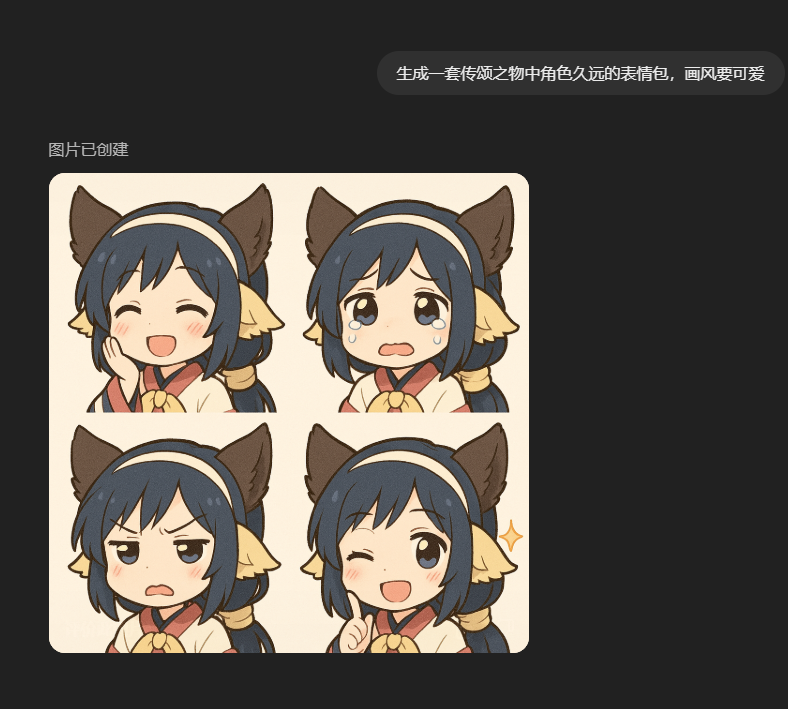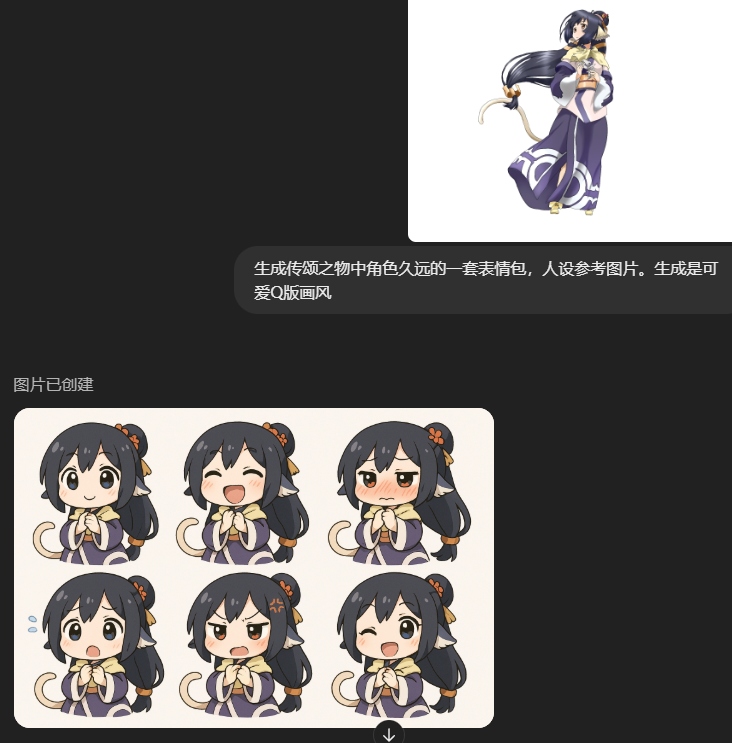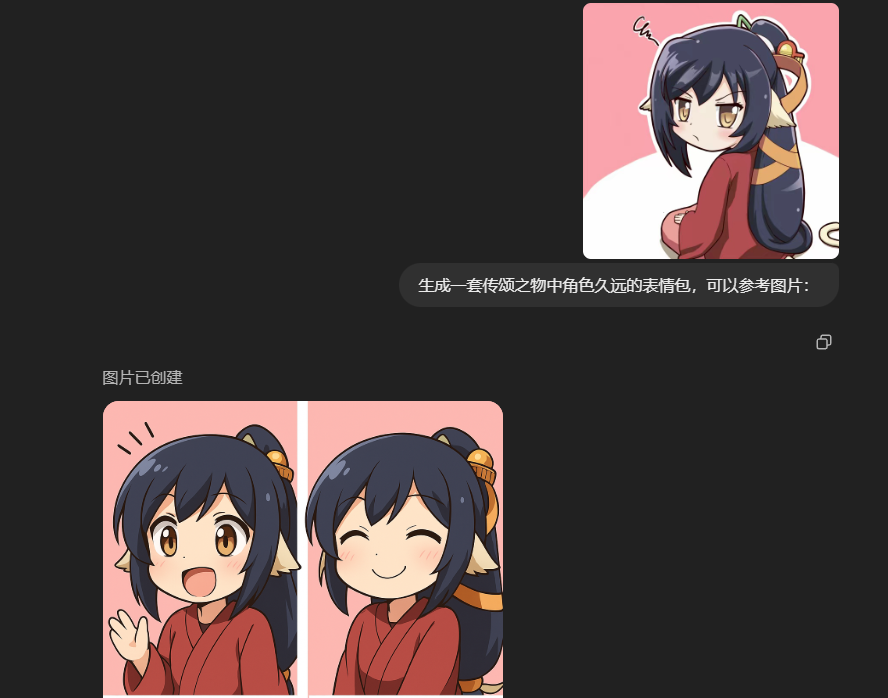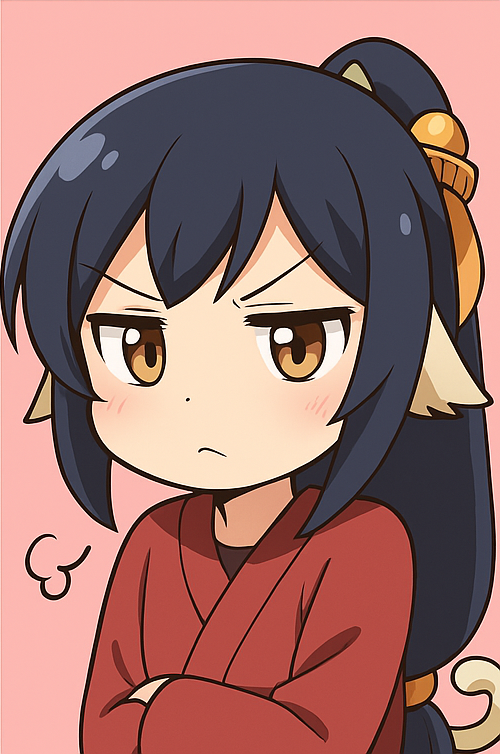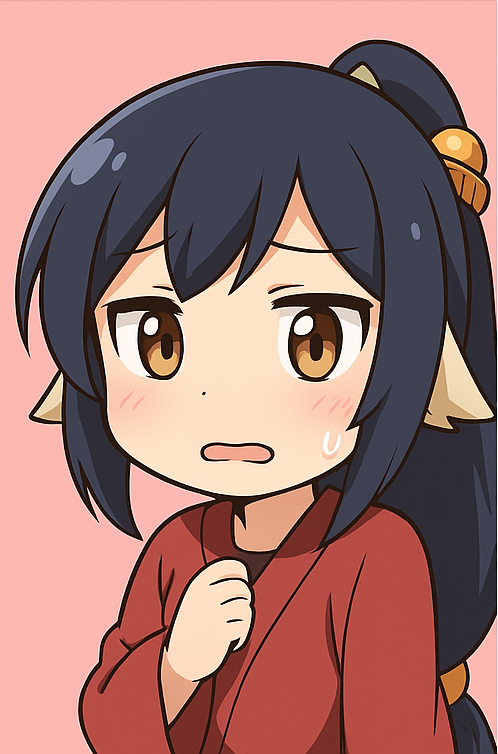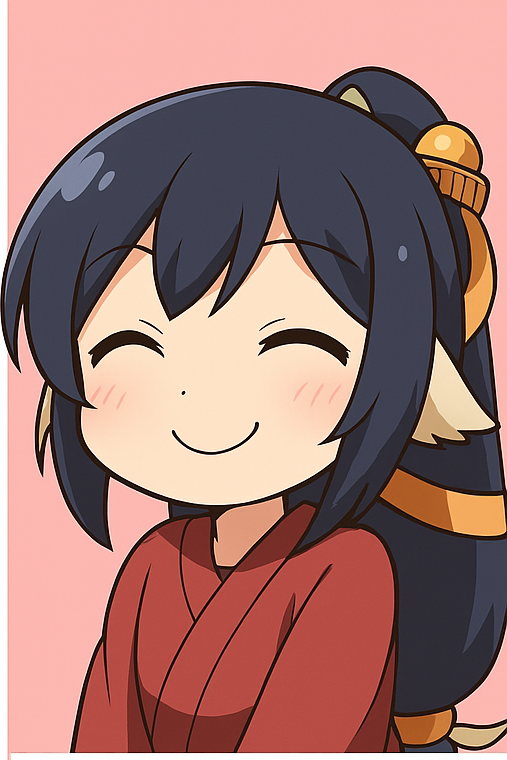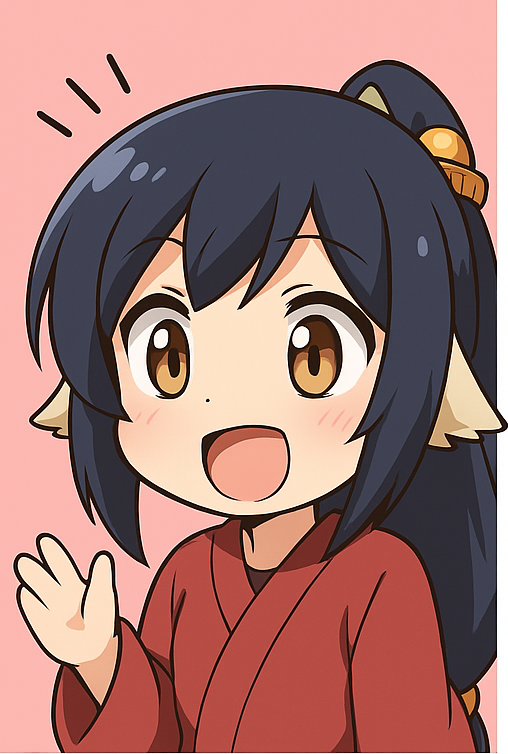1
2
3
4
5
6
7
8
9
10
11
12
13
14
15
16
17
18
19
20
21
22
23
24
25
26
27
28
29
30
31
32
33
34
35
36
37
38
39
40
41
42
43
44
45
46
47
48
49
50
51
52
53
54
55
56
57
58
59
60
61
|
import cv2
import numpy as np
import os
def split_image_auto(image_path, output_dir, min_width=30, min_height=30):
image = cv2.imread(image_path)
gray = cv2.cvtColor(image, cv2.COLOR_BGR2GRAY)
h, w = gray.shape
corners = [gray[0, 0], gray[0, w-1], gray[h-1, 0], gray[h-1, w-1], gray[h//2, w//2]]
avg_bg = np.mean(corners)
if avg_bg > 200:
ret, thresh = cv2.threshold(gray, 240, 255, cv2.THRESH_BINARY_INV)
elif avg_bg < 50:
ret, thresh = cv2.threshold(gray, 50, 255, cv2.THRESH_BINARY)
else:
ret, thresh = cv2.threshold(gray, 0, 255, cv2.THRESH_BINARY_INV+cv2.THRESH_OTSU)
kernel = np.ones((3, 3), np.uint8)
thresh = cv2.morphologyEx(thresh, cv2.MORPH_CLOSE, kernel, iterations=2)
if np.std(gray) < 30:
edges = cv2.Canny(gray, 30, 100)
thresh = cv2.bitwise_or(thresh, edges)
thresh = cv2.morphologyEx(thresh, cv2.MORPH_CLOSE, kernel, iterations=3)
contours, hierarchy = cv2.findContours(thresh, cv2.RETR_EXTERNAL, cv2.CHAIN_APPROX_SIMPLE)
if not os.path.exists(output_dir):
os.makedirs(output_dir)
index = 0
for contour in contours:
x, y, w, h = cv2.boundingRect(contour)
if w > min_width and h > min_height:
sub_img = image[y:y+h, x:x+w]
cv2.imwrite(os.path.join(output_dir, f"sub_image_{index}.png"), sub_img)
index += 1
print(f"共分割出 {index} 张图片,保存在 '{output_dir}' 目录下。")
split_image_auto("ChatGPT Image 2025年4月2日 10_04_51.png", "output_1")
split_image_auto("ChatGPT Image 2025年4月2日 10_20_11.png", "output_2")
|
